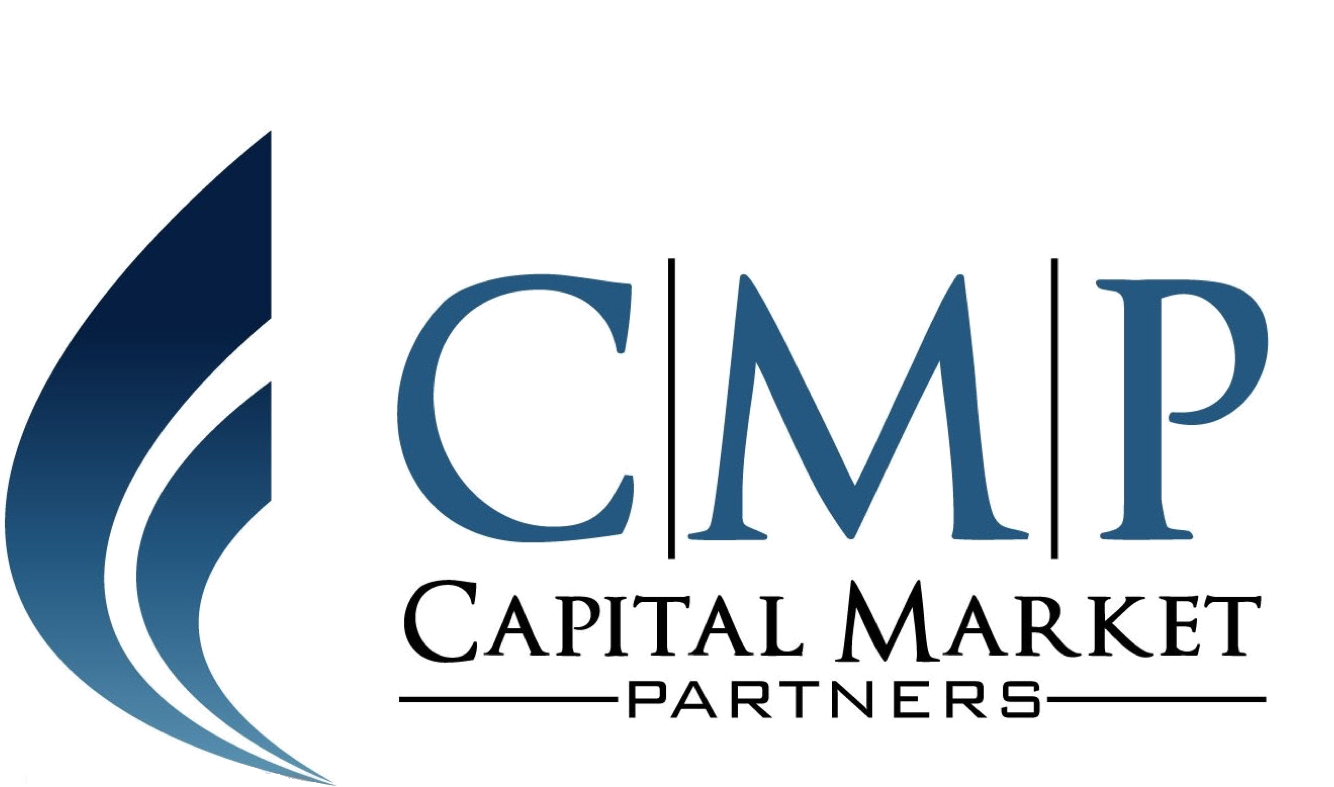CMP’s initial guide to Alternative Investments
Alternative Investments are the talk of the town. Most pension funds are heavily increasing their investments in Alternatives. However, Alternatives are, as the name indicates, not like ordinary investments, which is why regular investment systems and setups often fall short in terms of delivering satisfactory support. In the following, we will take an initial look on what organizations must do to comply with the formal and informal requirements involving Alternatives.
By Kristian Vincentz Rygaard, Senior Consultant | April 11th 2016
The increasing focus on Alternatives is mainly driven by two factors.
- Low interest rates and inflated stock markets force market participants to look for stable alternatives.
- Diversification of Risk. Alternative Investments are often less correlated with the rest of your portfolio, than investments in traditional assets.
But what are Alternative Investments? There is no exact definition of Alternative Investments, and the definition varies across Investors.
In general, Alternative Investments can be divided into six main categories; Real Estate, Private Equity, Alternative Credit, Infrastructure, Agriculture, and Hedge Funds. Real Estate has traditionally been a basic asset in pension funds, and is not always seen as being Alternative. However, all Alternative Investments have in common that they are illiquid, in the sense that an organized market does not exist for these kind of assets. The degree of illiquidity varies across asset types. A good real estate investment will typically be easier to sell than a more complicated Infrastructure investment.
Requirements to the organization
Internal controlling and reporting
In contrast to traditional investments like bonds and equities, valuation of Alternative Investments cannot always be backed up by direct market data. Instead, valuation is based on internal models. These models require a higher degree of documentation.
Valuation of fund investments can be based on reporting from the funds, but auditors typically require back testing and documentation on these valuations as well. These processes require the right mix of setup and skills in the organization. In the efficient setup registration, valuation updates and management reporting are created in Middle and Back Office, and controlled by Front Office. The main contact to fund managers is in Front Office, who also have the responsibility to make extraordinary value adjustments to investments based on general market input and information from funds. Valuation and registration of funds will in nature always be lagged, since most funds operate with quarterly valuation updates. These values can thus be outdated by external events, and therefore require adjustments.
System Support
The reporting and registration hub of all investment organizations is the portfolio management system, but when it comes to Alternative Investments the basic modules often fall short in terms of support and registration demands for Alternative Investments. This have lead system vendors to introduce Alternative Investment modules in their systems.
These modules are mainly focused on the fund like structures, and therefore it is difficult to get a full system coverage of registrations and valuation of the more complex investments. This often forces registrations and calculations into Excel spreadsheets outside the portfolio management system. The challenge is to find the efficient match between registrations inside and outside the standard system, in order to be able to create proper management reporting and satisfactory compliance.
Challenges in Back Office and Risk Departments
In order to be able to register the correct value, commitment and tax issues for each investment you should understand the information received from fund managers, and experience tells us that this is not always simple task. The problem is that reporting is not standardized, and reporting is received in PDF format or the like, which makes it impossible to create STP processes.
Although many fund reports are alike, there are always minor differences, and since back office is responsible for registration of several funds, it is a time-consuming task to keep valuation and registration up to date. Outsourcing of some of these tasks is an option, but the need for deep and thorough understanding of investments does not disappear with outsourcing, and in order to be able to keep reporting and registration processes effective, it is important to standardize internal processes as much as possible.
Another challenge is the ability to handle and register FX exposure, which can have a substantial impact on the overall FX exposure. In order to handle this risk, you need to be able to get the relevant information about the underlying investments.
Liquidity is another important factor. Part of the premium for Alternative Investments comes from the fact that they are illiquid, and as investors allocate a larger part of their assets into alternatives it is a factor that affects the core of pension funds and other long-term asset managers. The lifespan of investments can be very long, and cash flows can be very volatile. That affects liquidity forecast both in a short and long-term perspective.
Besides FX and liquidity risk there can be several other uncertainties and risks related to Alternatives, and especially when it comes to the more complicated investments in infrastructure or direct lending there is a need for a deeper understanding of risk factors to be able to perform proper Risk Management of the investments.
Alternatives are here to stay, the allocation of capital is good for society as a whole, and commercial capital in government projects can help public investments become more efficient. However, the important factor to remember is that new investments types bring new procedures and risks, and as an organization, you should be prepared to handle them.



